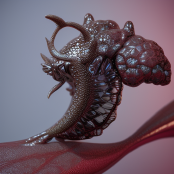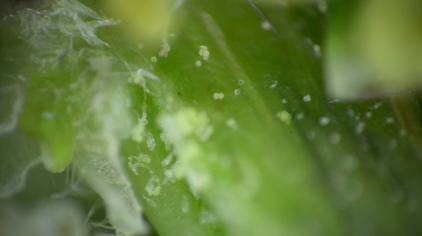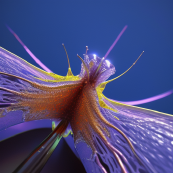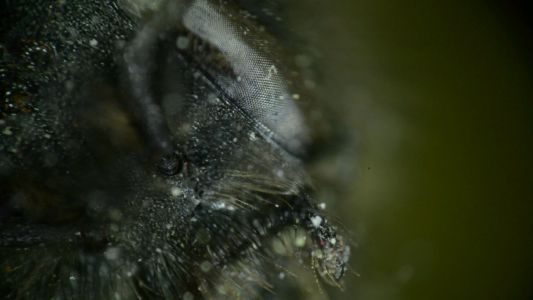Further down the rabbit hole// Project by Alaina Nugnis& Lina Wolff
Background information
This work is based on a previous semester project witch explores how the lack of female representation in research and clinical trials has led to disproportionate adverse drug reactions in women. These effects are the result of healthcare systems historically designed around male bodies, often treating them as the default in diagnostics, treatment, and pharmaceutical development, showing that care systems are taking better care of male bodies then of any others.The unequal treatment gets visible through gaps, most common known as the gender data gap.
Idea/Concept
The installation focuses on visualizing the blank which is created through data blind spots and takes a closer look on how AI fills these blanks. AI s function by analyzing visual input through multiple neural network layers. With each layer, specific features are exaggerated, leading to a progressively surreal image. When the algorithm encounters ambiguity, it begins to “hallucinate”, projecting its own learned patterns onto the input. This work critically examines how both care systems and AI technologies are structured around existing assumptions, ultimately asking: whose bodies are being seen, and whose are being overlooked? In an analoge way the artwork reinterprets how image dreaming AIs, like Google’s DeepDream, start to hallucinate and dream and therefore tries to close gaps.
Tech implementation
The artwork is a combination of analoge as well as digital parts. Using plant structures that are explored in the BioLab and analyzed under the microscope the gabs get visible through an abstract approach. Multiple layers of glass hanging right behind each other represent the structure of AI systems.
References
Artists:
Ryoji Ikeda-> sound artist
Kristen Jakubek




